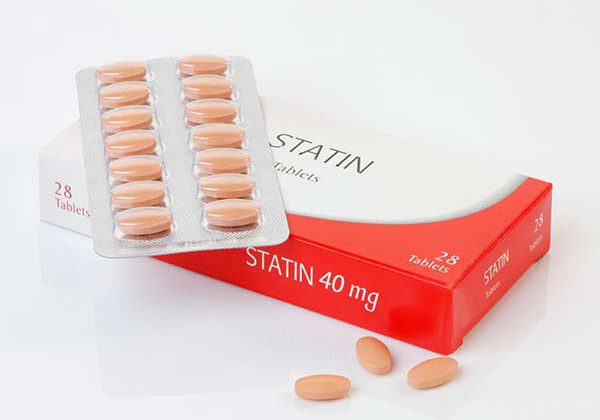“Bad” air may impact “good” cholesterol increasing heart disease risk
Traffic-related air pollution may increase cardiovascular disease risk by lowering levels of high-density lipoprotein (HDL), commonly known as “good” cholesterol, according to new research in the American Heart Association’s journal Arteriosclerosis, Thrombosis, and Vascular Biology.
Scientists have long known that air pollution increases the risk of developing cardiovascular diseases including atherosclerosis and heart failure, but are uncertain how the two are connected. The connection may be explained by a reduction in the number of small, cholesterol-depleted HDL particles, leaving the average amount of cholesterol in HDL particles higher on a per-particle basis.
 Recent evidence suggests that the number and functionality of HDL particles may be a better gauge of HDL’s heart-healthy effects than their cholesterol content, said lead author Griffith Bell, Ph.D., M.P.H., from the University of Washington School of Public Health in Seattle.
Recent evidence suggests that the number and functionality of HDL particles may be a better gauge of HDL’s heart-healthy effects than their cholesterol content, said lead author Griffith Bell, Ph.D., M.P.H., from the University of Washington School of Public Health in Seattle.
In a study of 6,654 middle-aged and older U.S. adults from diverse ethnic backgrounds, participants living in areas with high levels of traffic-related air pollution tended to have lower HDL levels.
Researchers found:
Higher exposure to black carbon (a marker of traffic-related pollution) averaged over a one year period was significantly associated with a lower “good” cholesterol level.
Higher particulate matter exposure over three months was associated with a lower HDL particle number.
Men and women responded to air pollutants differently: HDL was lower at higher pollution exposure for both sexes, but the magnitude was greater in women.
The lower levels of HDL observed with high levels of air pollution “may put individuals at a higher risk for cardiovascular disease down the line,” Bell said.
Changes in HDL levels may already appear after brief and medium-length exposures to air pollution, the authors noted.
The findings are part of the Multi-Ethnic Study of Atherosclerosis, an ongoing U.S. study examining the lifestyle factors that predict development of cardiovascular disease. This study follows a large, diverse population and unlike many previous studies on the health effects of air pollution that assumed individuals living in the same city have the same level of air pollution exposure, this study used cohort-focused monitoring campaigns looking at time and place to estimate air pollution exposure for each study participant, Bell said. It is also the first large cohort study to examine associations between air pollution and HDL particle number, he added.
However, HDL particle numbers were measured only once in this analysis, so “we were unable to examine whether they changed over time,” Bell noted. Continuing to track how HDL levels change with extent of exposure to traffic air pollution and investigating how air pollution interferes with HDL’s activity in the body will help confirm and understand the role of HDL, Bell added. Nonetheless, “our study helps strengthen the biological plausibility of the link between traffic-related air pollution and cardiovascular disease,” he said. “We’re slowly beginning to understand some of the biology of how that link works.”
Source: American Heart Association
Full bibliographic information:
Association of Air Pollution Exposures With High-Density
Lipoprotein Cholesterol and Particle Number – The Multi-Ethnic Study of Atherosclerosis
Arterioscler Thromb Vasc Biol. 2017




